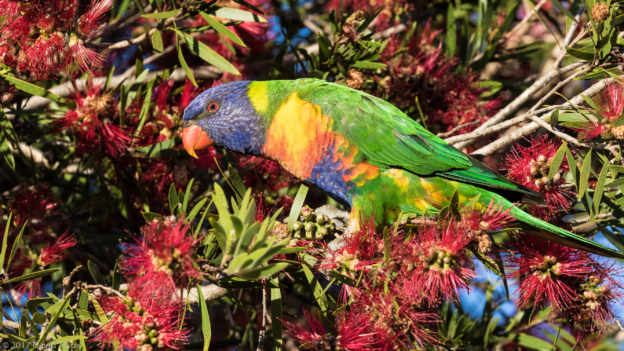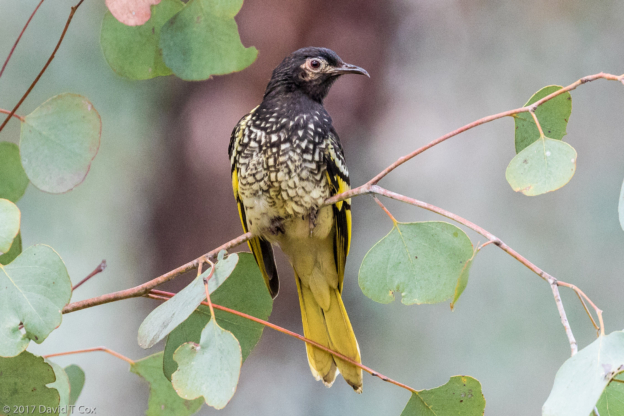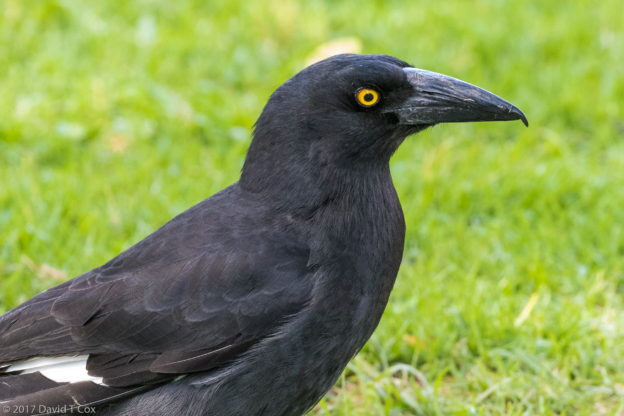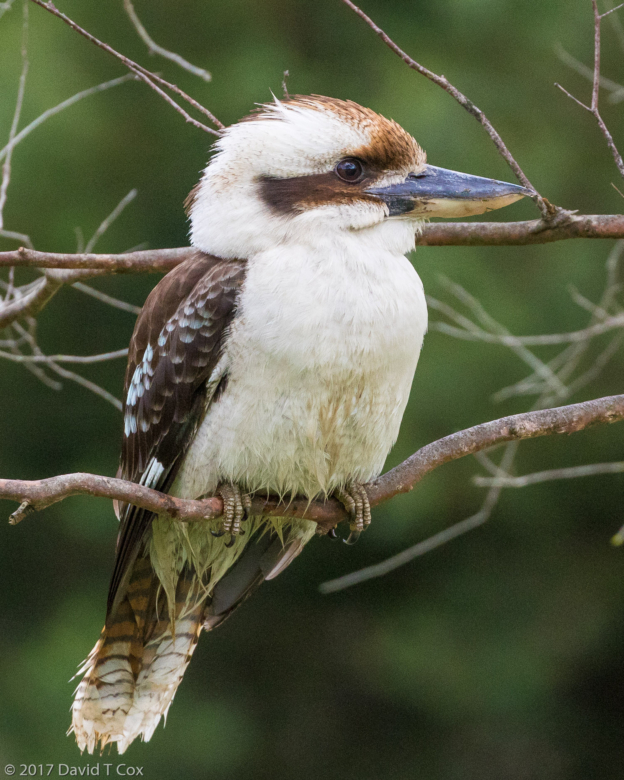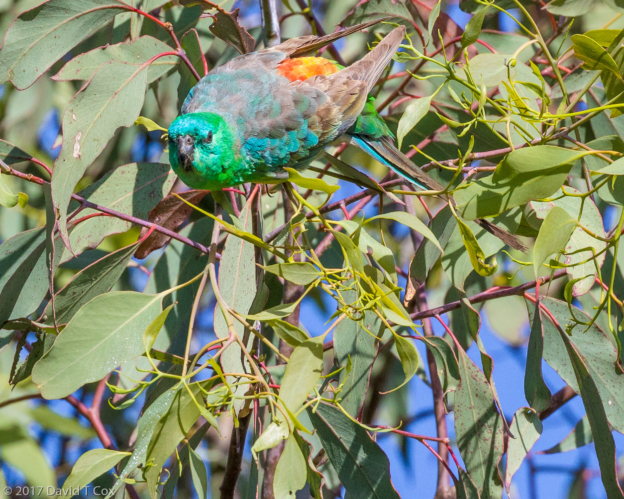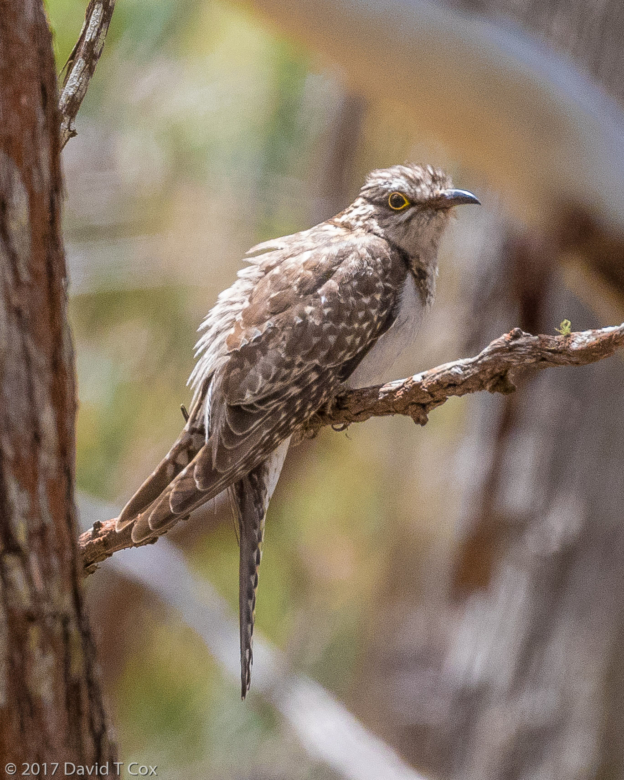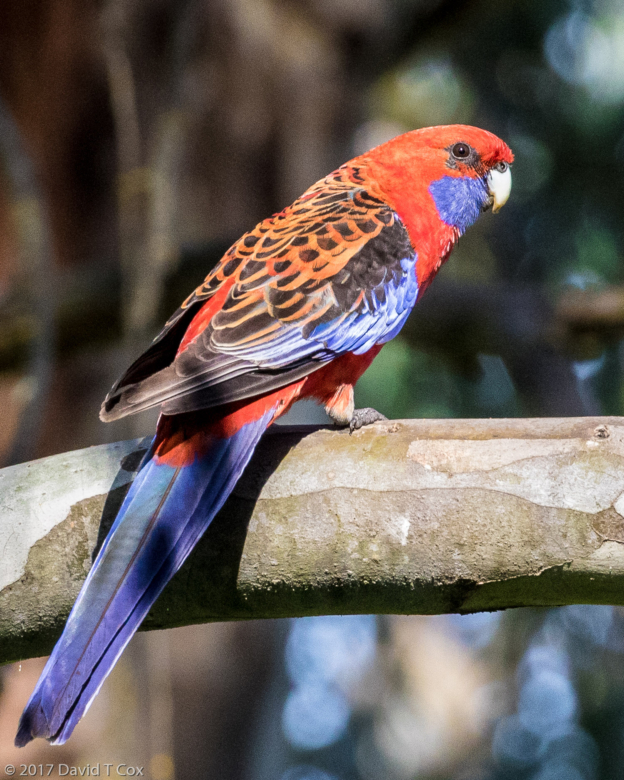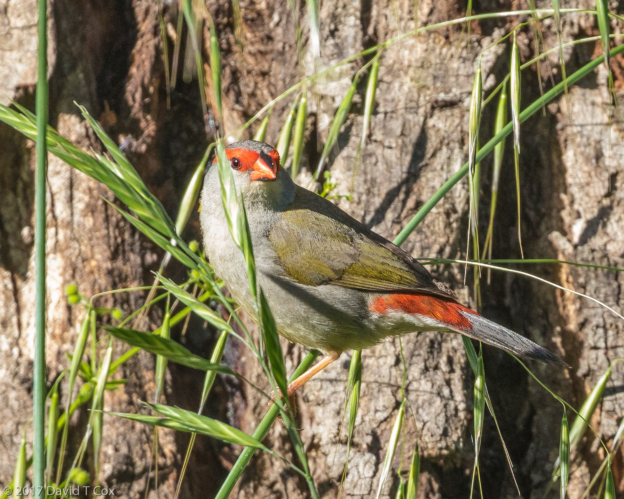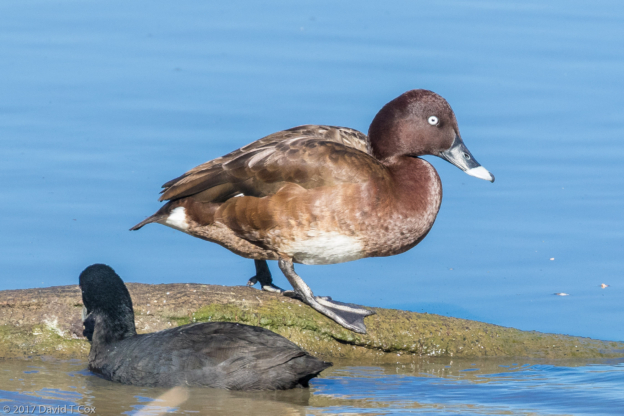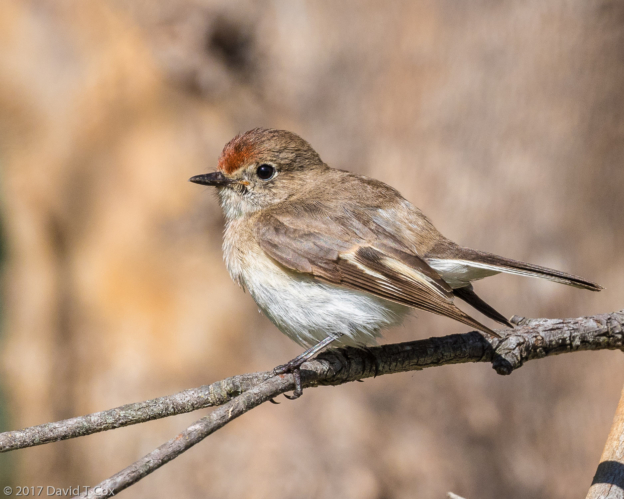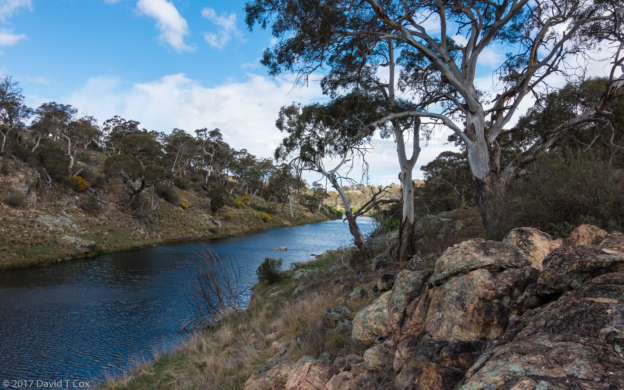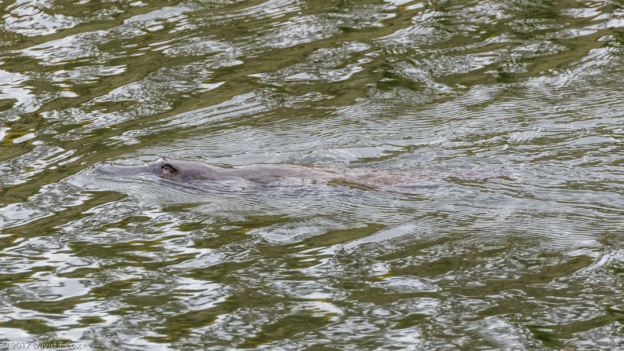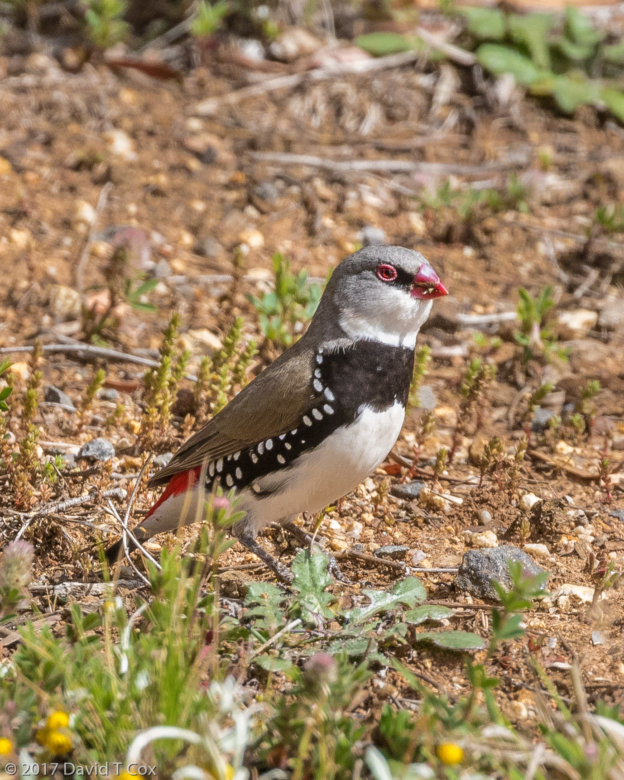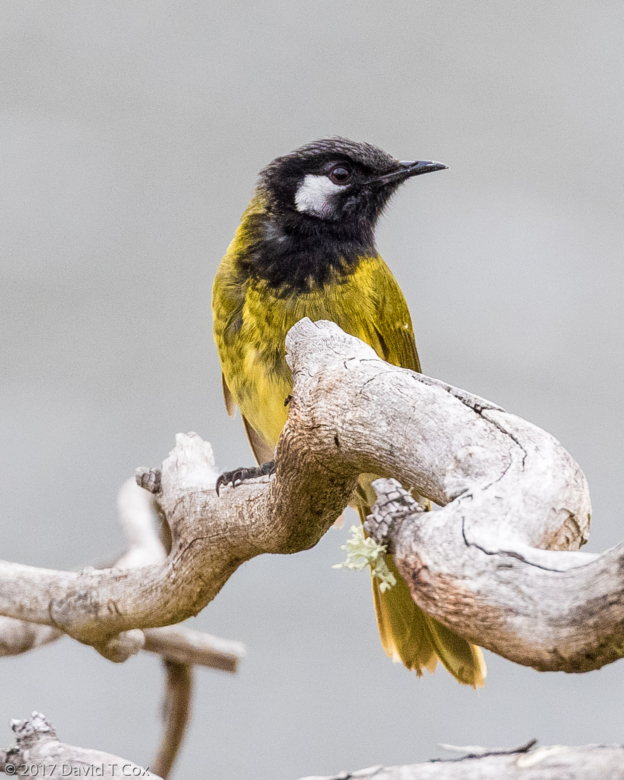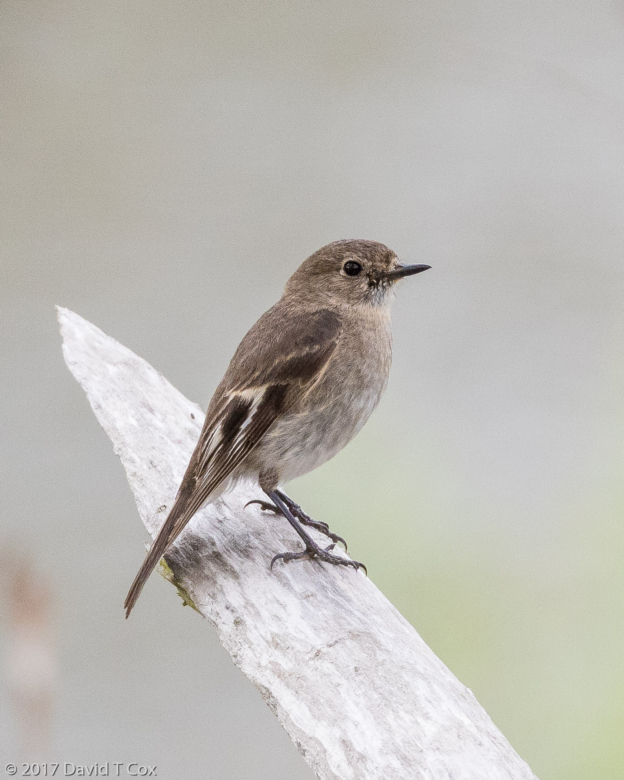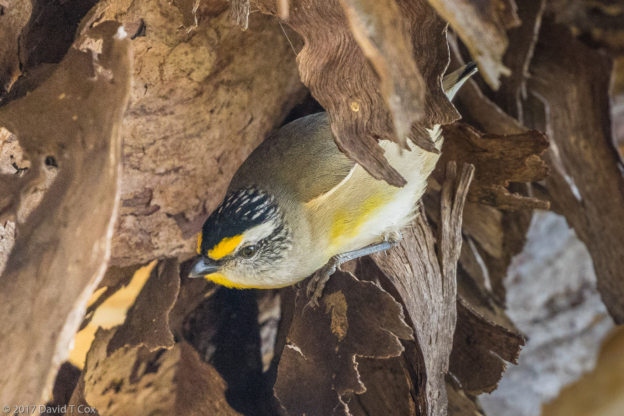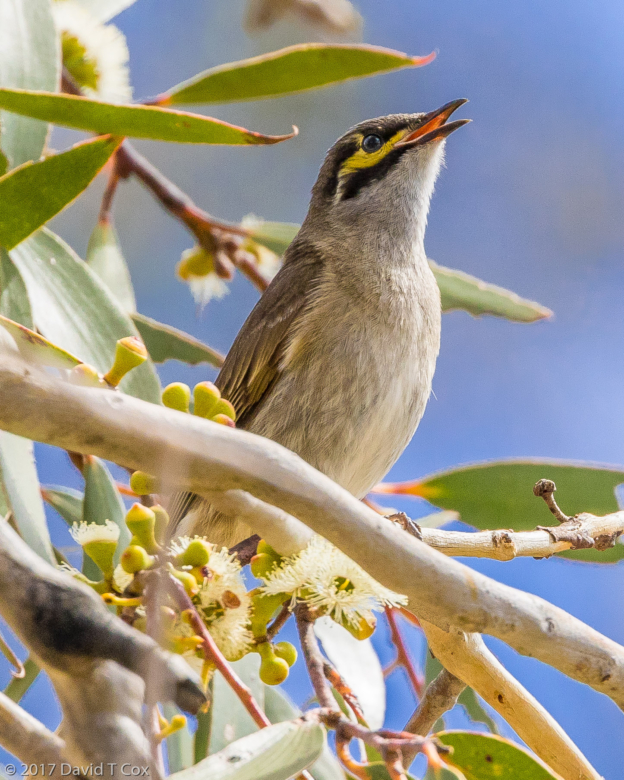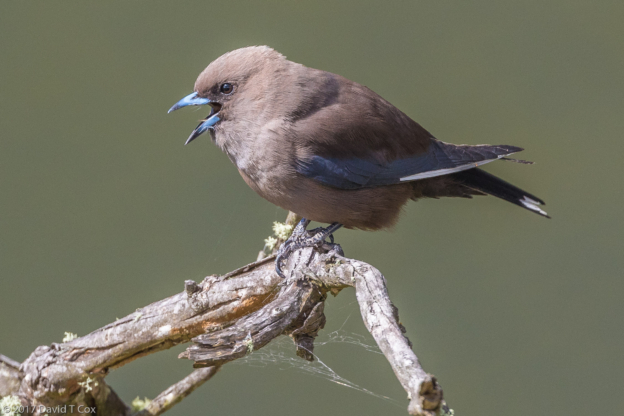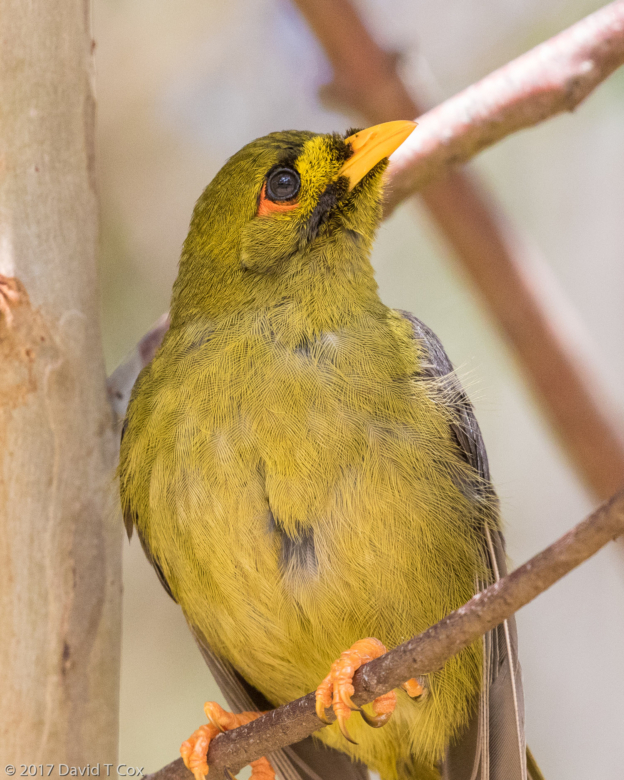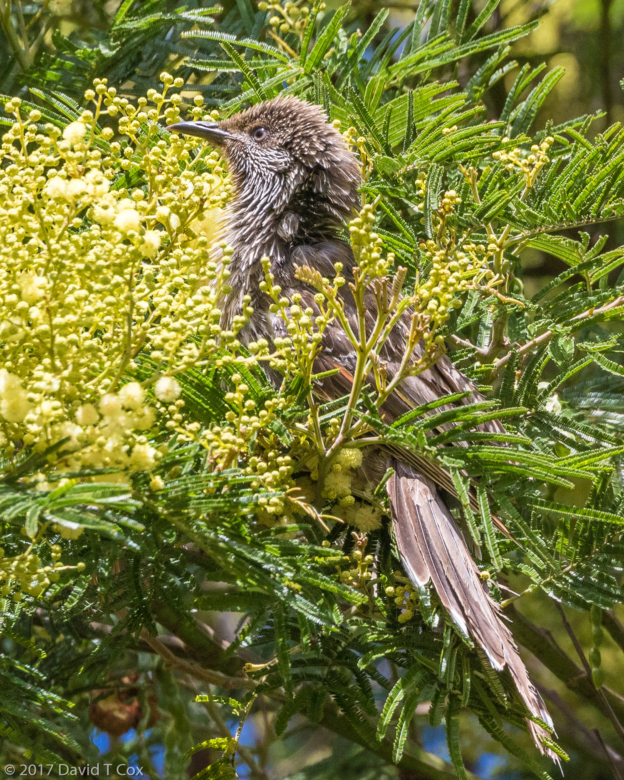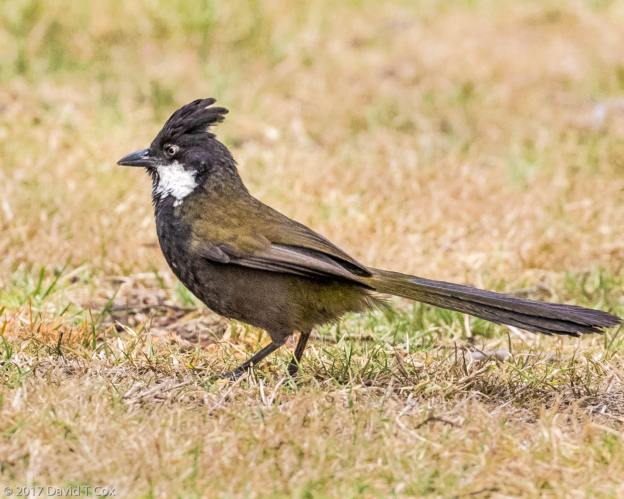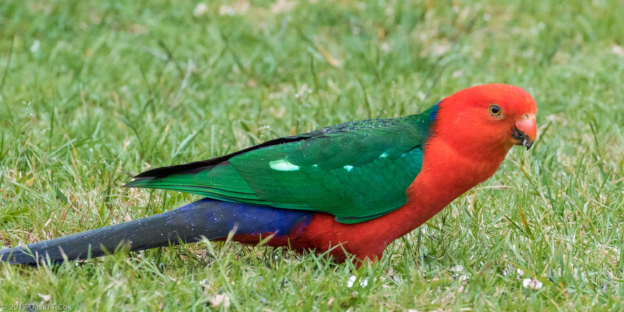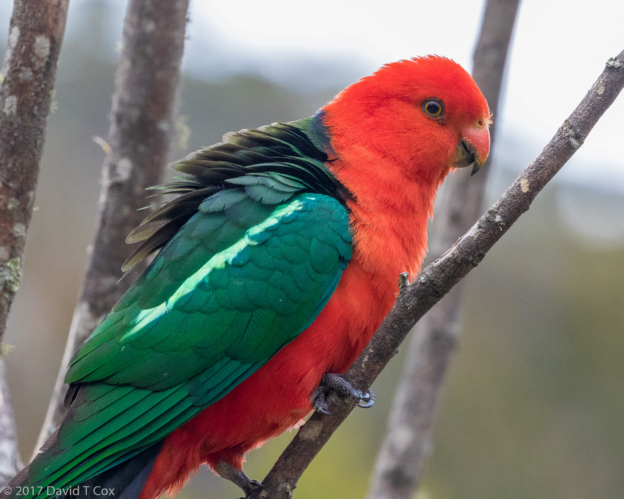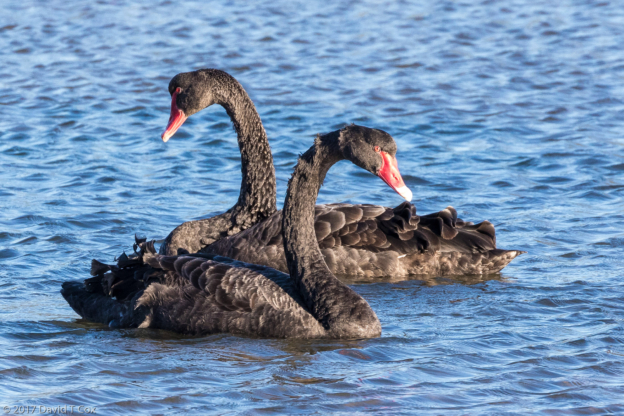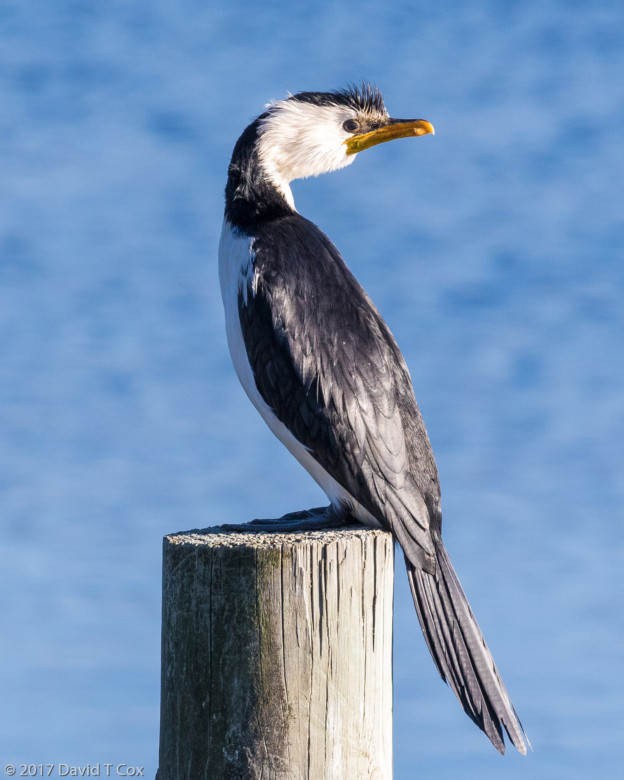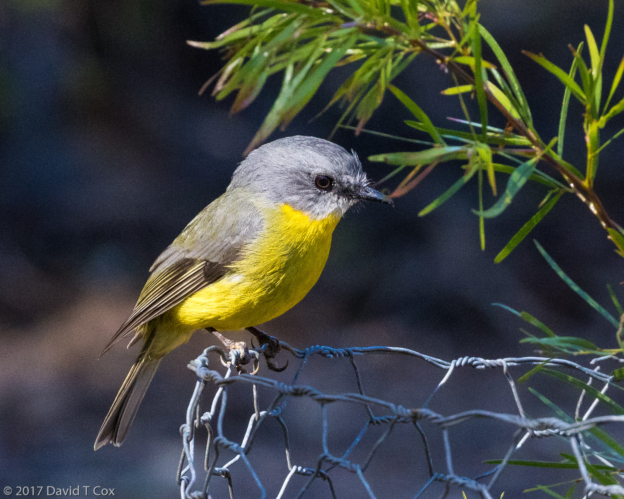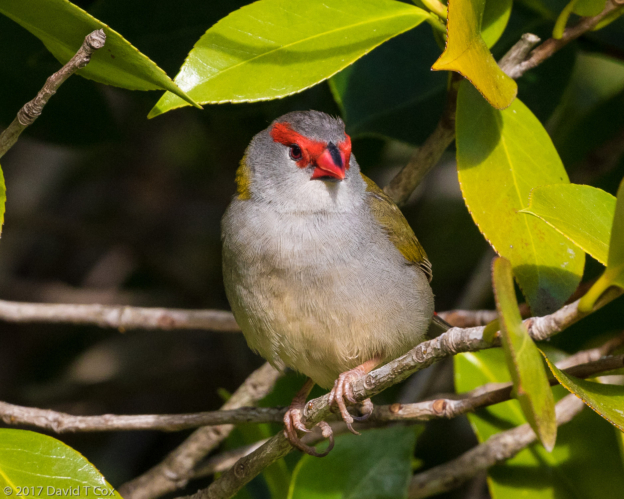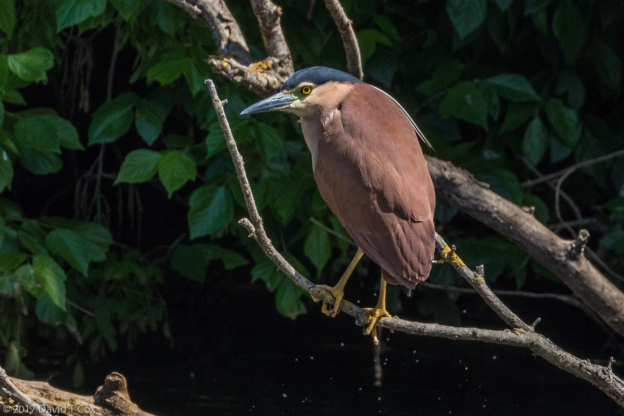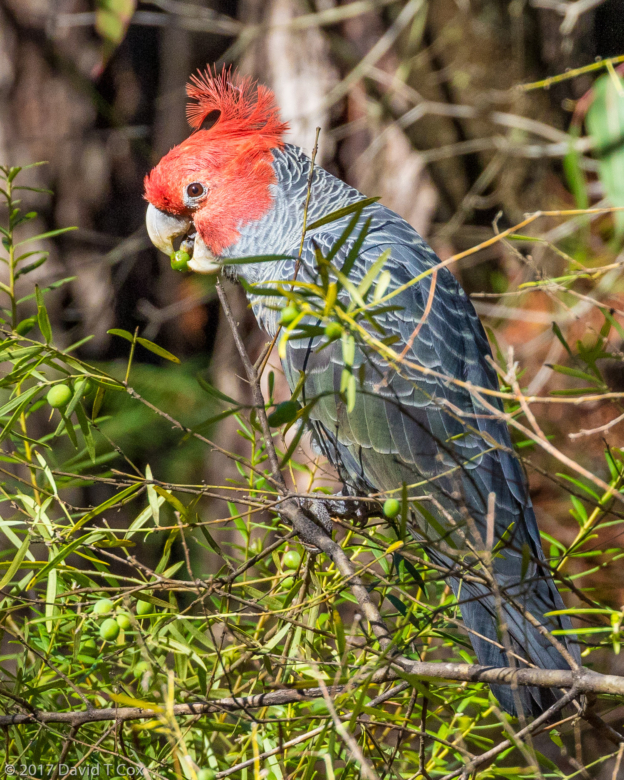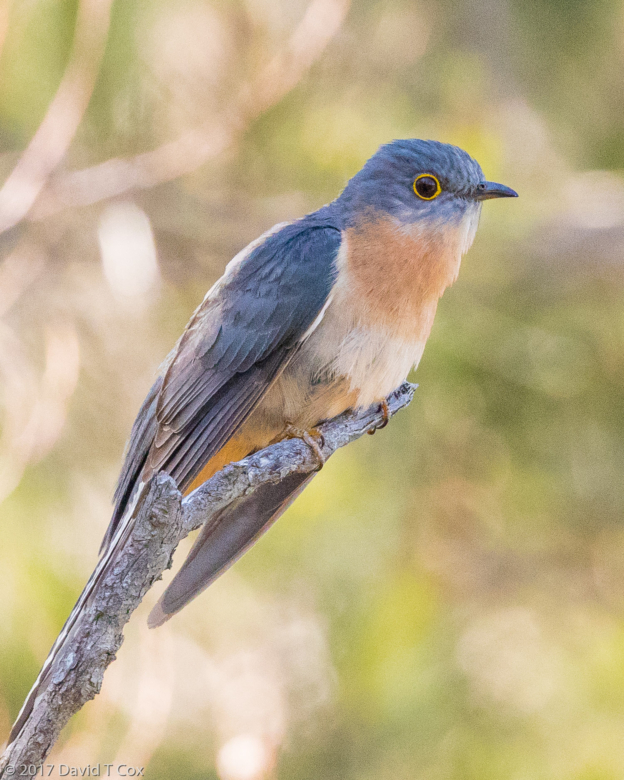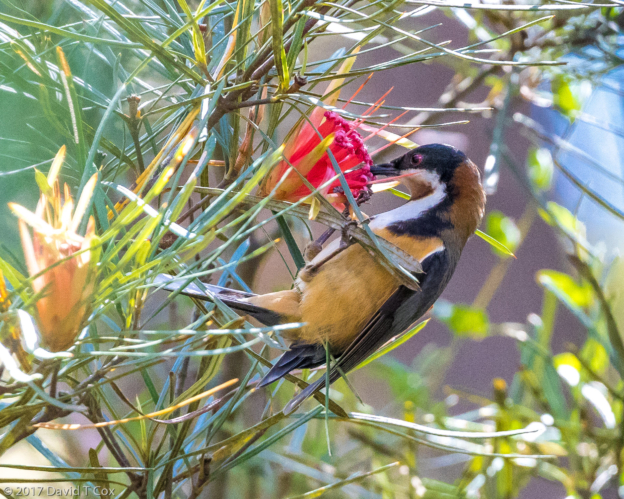All Photos Are Below the Travelogue Text
Click on Any Photo To Open Slide Show
To print the travelogue, right click anywhere on the page. Choose "Print" from your browser dialog box. You can choose Save to PDF in the browser print window.
Share your thoughts.
Email Dave - coxdavid55@hotmail.com
I last reported on travel through southern Australia, from the Nullarbor Plains to Victoria. My final morning in Chiltern I drove again to two of the better sites, the ponds which had a lovely Yellow-billed Spoonbill and the forest where I had located one of the Regent Honeyeaters nests – never enough photos of the best birds. From Chiltern, Victoria I drove into the Snowy Mountains in the southern Great Dividing Range and to the small town of Tumut. How do you pronounce Tumut? – only in Australia would it be pronounced “chew-mutt.” This town at the edge of the mountains is half surrounded by wetlands which have abundant birds, including the Red-browed Finch and multiple parrot species. I encountered the King Parrot but could not get any decent photos. Out in a forest preserve I did get great photos of the Buff-rumped Thornbill (a tiny bird with nice warm cinnamon color).
After a couple of days in Tumut I drove over the Snowy Mountains and most of the Great Dividing Range to the small town of Bombalo, where platypus are thriving. My first attempt to find the platypus failed, but I found a rare Diamond Firetail, one of the spectacular tiny birds of Australia. The next day was glorious, although with lousy, cold, windy, rainy weather. Over 2 hours I watched a number of platypus feeding in the Bombalo River – no chance for good photos, as the creatures constantly dive for food, merely gliding just at the surface when taking a breath, with a film of water constantly going over their bodies. I did get nice photos of the Yellow-rumped Thornbill, Yellow-tufted Honeyeater, Striated Pardelote, Yellow-faced Honeyeater and Dusky Woodswallows, among others.
The last several towns I have stayed in grew on me – they all started as gold mining towns about 150 years ago, and the hotels and main buildings, all located along a short “main street”, are over 100 years old with character. The hotels have wonderful pubs with great food. I assume the weather is wonderful in the summer, but still has been a little cold and rainy in the mid-spring. Some of the local (relatively) beer can be hoppy and delightful, although expensive, as is everything.
From Bombalo I finally headed to the Pacific coast, to the town of Eden. It is a popular tourist beach area, and famous for hosting humpback whales right in the bay. It also displayed a number of new bird species for me, as the southeast coastal forests are different than those further north or west. I contacted Barbara Jones, the president of the local birding society, who kindly invited me to her country property outside nearby Nethercote, where she has native plants and a large variety of birds. For over two days I searched for an opportunity to photograph the Superb Lyrebird; I saw many, but always just as they dashed into the thick forest. The final day I did get a couple of quick snapshots of one just before he ran. I also was rewarded with views of the Eastern Whipbird, Crested Shrike Thrush, Wonga Pigeon and King Parrot. On and around Lake Coralo I spent time photographing Bell Miners, cormorants and Black Swans. My campervan was parked between two bottlebrush trees with brilliant red flower-brushes, which attracted large numbers of very noisy Rainbow Lorikeets, perhaps the most populous bird in Australia, but in my opinion still perhaps the most beautiful.
From Eden I drove the short distance north to Bermagui to check out the lagoon which was reputed to be good for crakes and rails. Unfortunately, that evening the rain set in and, as I headed further north to Ulladulla it rained the entire day without a break – I was told it dropped over 100mm (4 inches). The next day, my last day in the campervan and birding, was sunny and beautiful. I spent 7 hours out in two different reserves, where I found but failed to photograph the Glossy Black Cockatoo, and then drove up about 1,600 feet elevation to the Morton National Park. There I finally found a male Gang Gang Cockatoo, and got one decent photo of it with its marvelous crimson-pink head illuminated in the sunlight. I also got to photograph my only Fan-tailed Cuckoo and Eastern Spinebill there.
From Ulladulla I drove into Sydney and returned the campervan, transferring from 85 nights of sleeping on a narrow bench with no restroom inside, to a lovely room in a Value Suites with a gloriously comfortable bed, one wall comprised of windows and balcony over the city, restroom with rain-shower head, kitchenette, etc. I am just 150 meters from the Green Square train station, from where I can travel anywhere in the city, including 5 stops around downtown, in just minutes. Friday I spent a number of hours re-exploring the Australia Museum, a mixture of Natural History, History and Anthropology rooms together with a special exhibition of the best nature photographs of the year. Tuesday the 14th at 11:30am I start the long journey back to Tucson, anticipating arrival the same day at 10:40 am, 40 minutes before departure – crossing the International Date Line does strange things. I already am contemplating where to travel next. Later. Dave
- Regent Honeyeater, Chiltern NP, Victoria, Australia
- Pied Currawong, Riverglade Pk, Tumut, NSW, Australia
- Laughing Kookaburra , Tumut River Wetlands, Tumut, NSW, Australia
- Eastern Rosella, Tumut River Wetlands, Tumut, NSW, Australia
- Buff-rumped Thornbill, Wereboldera St. Conservation Area, Tumut, NSW, Australia
- Red-rumped Parrot, Tumut River Wetlands, Tumut, NSW, Australia
- Pallid Cuckoo female, Wereboldera State Conservation Area, Tumut, NSW, Australia
- Crimson Rosella, Tumut River Wetlands, Tumut, NSW, Australia
- Grey Teal, Tumut Wetlands Pk., NSW, Australia
- Red-browed Finch, Tumut Wetlands Pk., NSW, Australia
- Hardhead male (and Australasian Coot), Tumut Wetlands Pk., NSW, Australia
- Red-capped Robin female, Tumut Wetlands Pk., NSW, Australia
- Platypus Reserve, near Bombala, NSW, Australia
- Platypus, Platypus Reserve, near Bombala, NSW, Australia
- Diamond Firetail, Platypus Reserve, near Bombala, NSW, Australia
- White-eared Honeyeater, Platypus Reserve, near Bombala, NSW, Australia
- Hooded Robin female, Platypus Reserve, near Bombala, NSW, Australia
- Striated Pardalote, Platypus Reserve, near Bombala, NSW, Australia
- Yellow-faced Honeyeater, Platypus Reserve, near Bombala, NSW, Australia
- Dusky Woodswallow, Platypus Reserve, near Bombala, NSW, Australia
- Bell Miner, Lake Curalo Walkway, Eden, NSW, Australia
- Grey Butcherbird, Lake Curalo Walkway, Eden, NSW, Australia
- Little Wattlebird, Lake Curalo Walkway, Eden, NSW, Australia
- Crested Shrike-tit female, Barbara Jones property, near Eden, NSW, Australia
- Eastern Whipbird, Barbara Jones property, near Eden, NSW, Australia
- King Parrot, Barbara Jones property, near Eden, NSW, Australia
- King Parrot, Barbara Jones property, near Eden, NSW, Australia
- Black Swan, Lake Curalo, Eden, NSW, Australia
- Little Pied Cormorant, Lake Curalo, Eden, NSW, Australia
- White-naped Honeyeater, Barbara Jones property, near Nethercote, NSW, Australia
- Rainbow Lorikeet, Gateway Pk., Eden, NSW, Australia
- Eastern Yellow Robin, Barbara Jones property, near Nethercote, NSW, Australia
- Superb Lyrebird, Nethercote Rd near Eden, NSW, Australia
- Red-browed Finch, Barbara Jones property, near Nethercote, NSW, Australia
- Nankeen Night Heron, Glebe Park, Bega, NSW, Australia
- Gang Gang Cockatoo, Parker Creek Dam Rd., Morton NP, N of Ulladulla, NSW, Australia
- Fan-tailed Cuckoo, Parker Creek Dam Rd., Morton NP, N of Ulladulla, NSW, Australia
- Eastern Spinebill, Parker Creek Dam Rd., Morton NP, N of Ulladulla, NSW, Australia
To print the travelogue, right click anywhere on the page. Choose "Print" from your browser dialog box. You can choose Save to PDF in the browser print window.
Share your thoughts.
Email Dave - coxdavid55@hotmail.com
